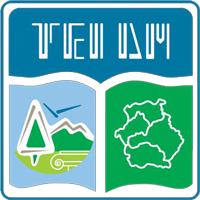New technologies in education is an undeniable reality. Educational institutions are looking for ways to take advantage of the new media in the best way, providing new ways of teaching that seem revolutionary in relation to past acquaintances.
The effort of integration of information and communication technologies (ICT) is in accordance with the Crown & Mikropoylo (2001), an important priority for the educational systems of the advanced countries in a context of quality improvement of the functioning of educational establishments at all levels, focusing on improving the quality of teaching and learning
So, higher education institutions are adopting Internet technologies in order to meet the growing needs of learning-based society, offering courses conducted partly or wholly from a distance, and asynchronously (Hayes, 2000).
An important feature of recent efforts, for the improvement of services in the field of education, is the trend of creating mixed or hybrid and provision of learning services (blended learning) combining the traditional with the distance education, both postgraduate, and for undergraduate courses. The interest in providing joint education has increased over the last five years and in the Greek educational system, mainly for the following reasons (Koykoyfiki, 2009):
(a)) There is a tendency for more foitito-centralized and personalized education models, which are more efficiently,
(b)) universities expand their technology infrastructure and develop course management systems and services for online education,
(c)) today's students feel more comfortable and wish more online communication, and
(d)) the continuous increase of knowledge and the requirements for time savings make continous searching and preference in flexible forms of education, work and study (Koykoyfiki, 2009).
The last years there has been a gradual introduction and use of technology, in order to support better teaching and become more efficient (in relation to the seat ' teaching) the education of students (Papadakis et al., 2006).



Edit Translation